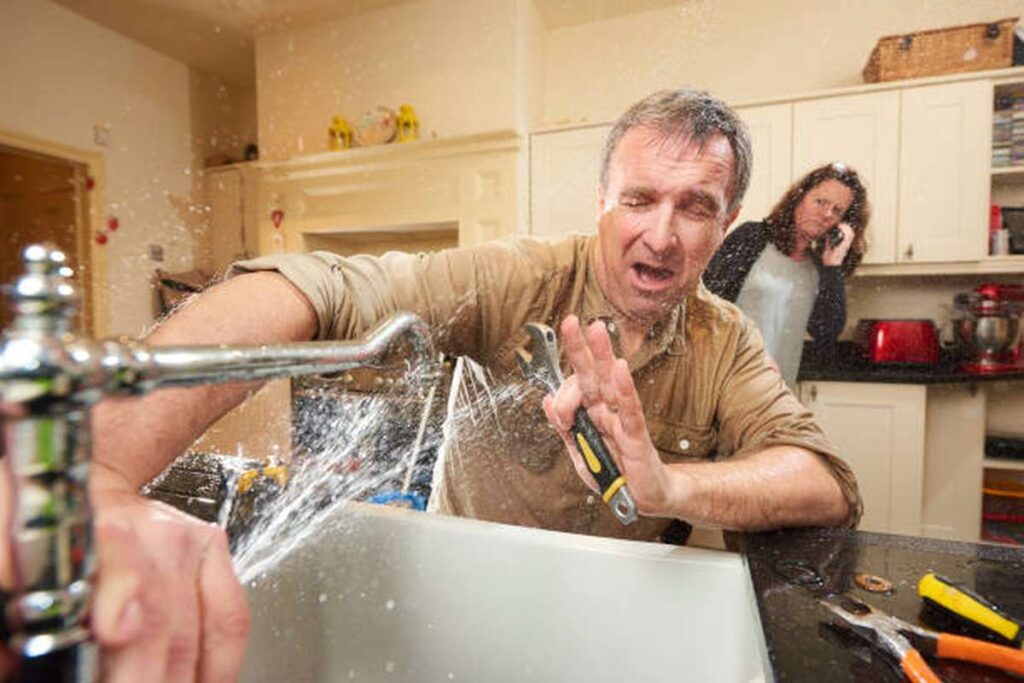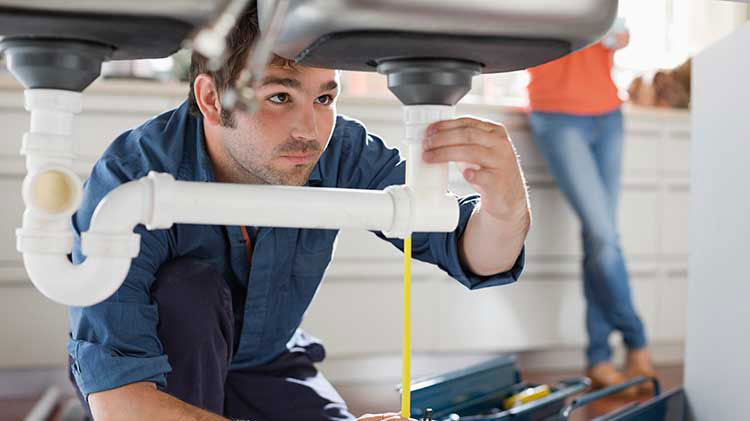They are making a number of great observations regarding How to Handle Plumbing Issues in Your Rental Property as a whole in this article beneath.

Handling pipes problems in rental properties successfully is important for preserving tenant fulfillment and preserving the building's value. Whether you're a proprietor or a residential or commercial property manager, understanding how to address these typical problems can conserve you money and time while ensuring conformity with legal obligations. Below's a step-by-step guide on how to deal with pipes issues in rental buildings.
File Everything
Maintain comprehensive documents of all reported plumbing problems and the activities required to fix them. Documentation should include dates, summaries of the problem, communication with renters, and invoices from service providers or plumbings. This info can be crucial for insurance coverage claims, tax obligation reductions, and legal protection.
Use Qualified Professionals
Constantly utilize certified and insured specialists for significant pipes repair work and installments. This ensures that the work depends on code and can aid stay clear of responsibility problems in case of mishaps or additional damages. It additionally assures occupants that repair work are being dealt with professionally.
Establish Clear Interaction
Motivate renters to report any plumbing problems as quickly as they occur. Supply numerous communication channels such as phone, email, or a lessee portal to make it easy for them to reach out. Trigger responses to these records can protect against minor issues from escalating right into major troubles.
Educate Tenants
Inform your tenants concerning what constitutes a pipes emergency and what does not. Offer guidelines on just how to manage minor concerns themselves, such as using a bettor to unblock a commode. Also, inform them concerning what they should stay clear of putting down drains pipes to prevent clogs, such as oil, coffee premises, and non-biodegradable things.
Routine Upkeep
Apply a regular maintenance schedule for all pipes systems in your leasing homes. Routine checks can assist determine and resolve concerns like leaks, slow drains pipes, or corroded pipelines before they become significant. Think about working with a specialist plumbing technician to examine the residential or commercial properties each year or semi-annually.
Quick Feedback to Emergencies
Have a strategy in position for responding to plumbing emergency situations. This must consist of having the call information of dependable plumbing solutions that offer 24/7 emergency situation repairs. Quick action is vital to reduce damage in circumstances like ruptured pipes or extreme leaks.
Preventive Upgrades
Consider updating older pipes systems and components to much more modern, effective models. This can lower the regularity and intensity of pipes concerns and lower long-term maintenance costs. It's additionally a selling point for possible occupants that value upgrades and modern-day features.
Renter Move-Out Inspections
Conduct comprehensive pipes checks throughout move-out inspections to guarantee that any type of concerns are determined and resolved before a brand-new occupant relocate. This avoids conflicts with brand-new lessees over pre-existing conditions and makes sure the residential property remains in leading condition.
Understand Legal Responsibilities
Be aware of your legal responsibilities concerning plumbing and basic home maintenance. Most jurisdictions require property owners to guarantee their homes are habitable and that all pipes systems are in good working order. Failing to attend to serious concerns immediately can bring about lawsuits from tenants.
Tenant Repayments
If a plumbing problem requires immediate focus and the tenant settles the issue by themselves, have a clear plan in place for reimbursing expenses. Guarantee tenants understand they ought to acquire previous authorization for higher-cost repair work unless it's an outright emergency.
Verdict
Dealing with pipes issues in rental buildings requires a proactive approach and good interaction with lessees. By staying on top of upkeep, reacting quickly to emergencies, and making use of qualified experts, landlords can maintain their buildings in superb problem and keep good connections with tenants.
How to Handle Water Damage in a Rental Property
What is Water Damage?
Water damage is harm or destruction caused by water entering areas where it is not supposed to be. It can be caused by a variety of sources and can manifest in different ways. The most common examples of water damage include:
- Leaking roof
- Plumbing leaks
- Appliance malfunctions
- Poor drainage
- Flooding
- Sewage backup
- Condensation
- Tenant negligence
- HVAC system issues
- Frozen pipes
Is water damage dangerous?
Water damage itself is not inherently dangerous, but it can lead to various hazards and health risks if not promptly and properly addressed. The severity of these risks depends on the extent of the water damage, the source of the water, and how quickly it is mitigated.
Some potential dangers associated with water damage include structural damage, mold and bacterial growth, electrical hazards, water contamination, and pest infestations. In situations where mold and mildew have gone unaddressed, mold can start to develop within 24-48 hours of water exposure, and this can impose a serious health risk to tenants. In particular, mold spores and damp conditions can lead to respiratory issues and even make existing health problems worse, such as allergies, asthma, or immune disorders.
Water Damage in an Apartment - Who is Responsible?
- If the water damage is caused by the tenant’s negligence, the tenant is responsible for the cost of repairs.
- If the water damage is caused by a defect in the property, the landlord is responsible for the cost of repairs.
- If the water damage is a result of natural causes, such as excessive rain, then the landlord is responsible, since the water intrusion likely occurred due to a defect in the property.
Landlord Responsibility water damage in rental property
Since maintaining habitability is the landlord’s legal responsibility, landlords are responsible for any resulting structural damage caused by water damage. These structural damages may include damage to walls, roofs, ceilings, and flooring. If water damage has affected the rental property’s original structure, the landlord is responsible for repairing or replacing those materials. Therefore, landlords should have property insurance that covers the structural components of their rental property so that they can receive help with the costs of covered events.
Preventative measures can also help landlords avoid massive renovations. Preventative maintenance may include conducting regular inspections to identify and address potential water damage before it becomes a major and urgent problem.
If a landlord fails to meet their responsibilities regarding water damage, it can lead to legal disputes and potential liability. Tenants who believe their landlord is not addressing water damage issues in accordance with California law can seek legal advice or contact local housing authorities for assistance.
https://www.goodlifemgmt.com/blog/water-damage-in-a-rental-property/

Hopefully you liked our section about Plumbing Maintenance and Repair in your Rental Property. Thank you so much for taking a few minutes to browse our blog. Sharing is caring. One never knows, you will be helping someone out. I enjoy reading our article about How to Handle Plumbing Issues in Rental Properties.
Comments on “Fixing Plumbing Problems in Rental Properties: Advice for Landlords”